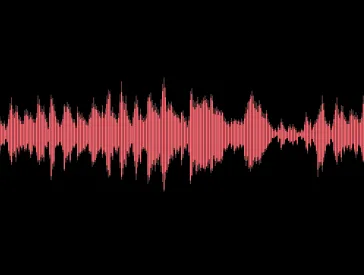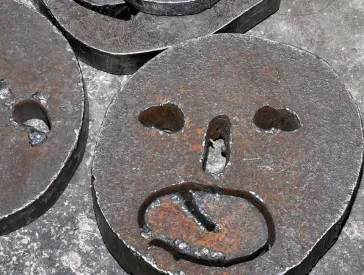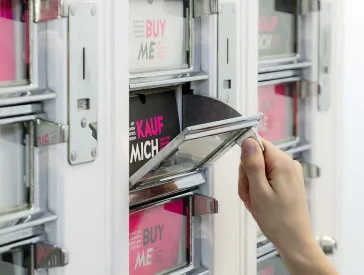Fine Arts Collection
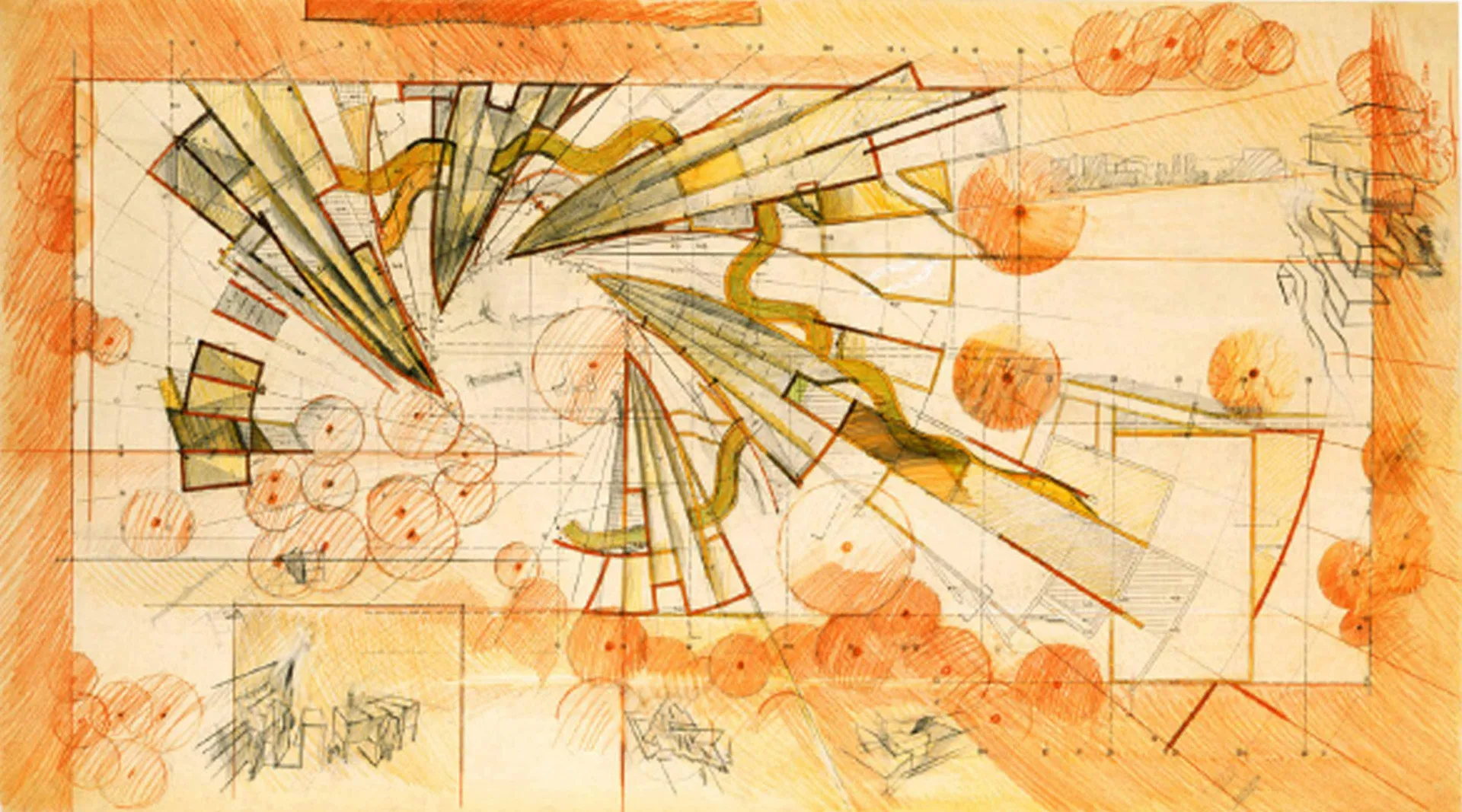
Zvi Hecker, Jewish Primary School Berlin (Heinz-Galinski-Schule): design drawing of the Jewish Primary School Berlin, rainwater collection, 1993; Jewish Museum Berlin, Photo: Jens Ziehe
Our Fine Arts Collection documents and investigates Jewish history from the perspective of visual culture.
A Jewish artistic practice and visual culture developed in the late eighteenth and early nineteenth century in the context of the Jewish Enlightenment (Haskalah) and the rise of middle class society. The portraits and family representations in our collection are evidence of this, as are works by the first generation of Jewish artists.
The strength of the collection lies in the classical modernist period (1890-1940), with works by Max Liebermann, Lesser Ury, Jankel Adler, Max Oppenheimer, Arthur Segal, Ludwig Meidner, Joseph Budko, Jakob Steinhardt and Hermann Struck. ,These works show Jewish individuals as part of the contemporary art world of their time, using art to reflect on their place in society and the meaning of Judaism.
Literature is also visually present in our extensive graphic art collection. In addition, we collect biographical and documentary material about artists.
Art Production Post-1933
For the post-1933 period, we focus on the aesthetic representation of experiences of persecution and emigration, as well as the cultural transfer between Germany and the countries of emigration.
Following the catastrophe, the centers of Jewish artistic production were – and remain – located outside of Germany. We showcase works by contemporary artists who reflect on the memory of the Shoah, such as those by Christian Boltanski, Micha Ullman, Arnold Dreyblatt, and document by Zvi Hecker.
The museum follows the work of contemporary and young Jewish artists and collects works that fit within the themes of our collection. We are constantly reexamining the canon, adding overlooked positions, the work of amateur artists, and works from the fringes of the art world.
Elisabeth Wolff, Girl Walking; Depositum, photo: Jens Ziehe Learn more about this sculpture in our essay
How can I conduct research using the museum’s archive, collections, and library?
Our Reading Room is open to the public. You can also research using our library’s holdings and some of our collection’s holdings online. To view additional holdings, please contact the responsible curators.
How can I donate objects, photographs, and documents to the museum?
Do you own materials related to Jewish culture and history in Germany that could be of interest to us? We would be delighted to hear from you!
I would like to depict or borrow an object from your collections. Who should I contact?
Your contacts for photo permissions are Valeska Wolfgram and Birgit Maurer-Porat (T +49 (0)30 259 93 433, email: fotodoku@jmberlin.de). Please consider that it may take between four to six weeks Please note that the processing time for requests can take between 4 and 6 weeks. We will be happy to provide you with further information on fees and reproduction conditions on request.
Contact
Shelley Harten
Curator of Art
T +49 (0)30 259 93 385
s.harten@jmberlin.de
- Address
Jewish Museum Berlin
Lindenstraße 9–14
10969 Berlin
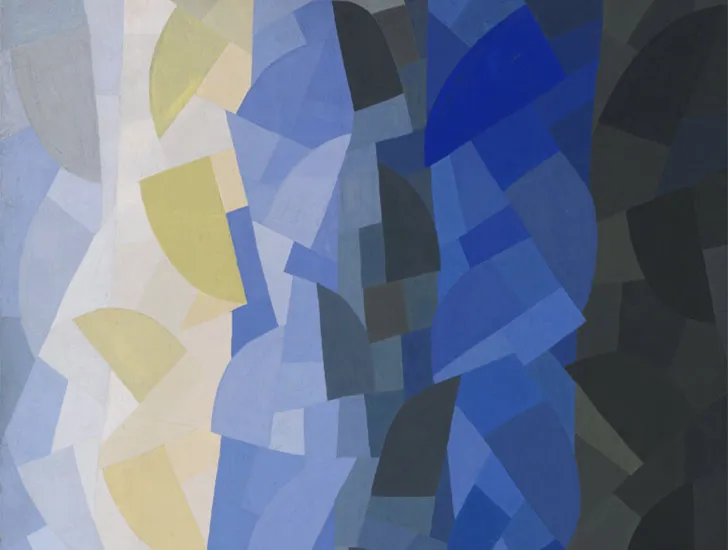
Our Collection
An overview
- The objects we collect: information & FAQ
- Search our Collection: a growing part of our collection is digitally accessible and searchable (in German)
Details
- Archive: documenting Jewish life
- Audiovisual Media: historic sound recordings, family films and video art
- Library: books about Jewish art, culture, and history
- Current page: Fine Arts: Jewish history from the perspective of visual culture
- Photography: art photography, historical press images and family photos
- Jewish Object: Material Culture: objects and textiles for nonreligious purposes
- Jewish Object: Applied Arts: objects produced by German-Jewish craftspeople and companies
- Jewish Object: Judaica: ritual and everyday items of religious purpose
Digital Content
- Online Showcase: digital presentation of our archive holdings, video projects, and more
- Object in Showcase: stories from our collection
See also
- The History of Our Collection: learn about the initial inspiration and transition to today's museum
- Our Collection Management: responsibilities and contact information
- Sources of Collection Holdings: in publications of the Berlin museum (1978 to 1995)
- Provenance Research: unveiling the origins of our objects
- Conservation: how to presperve our objects for future generations
